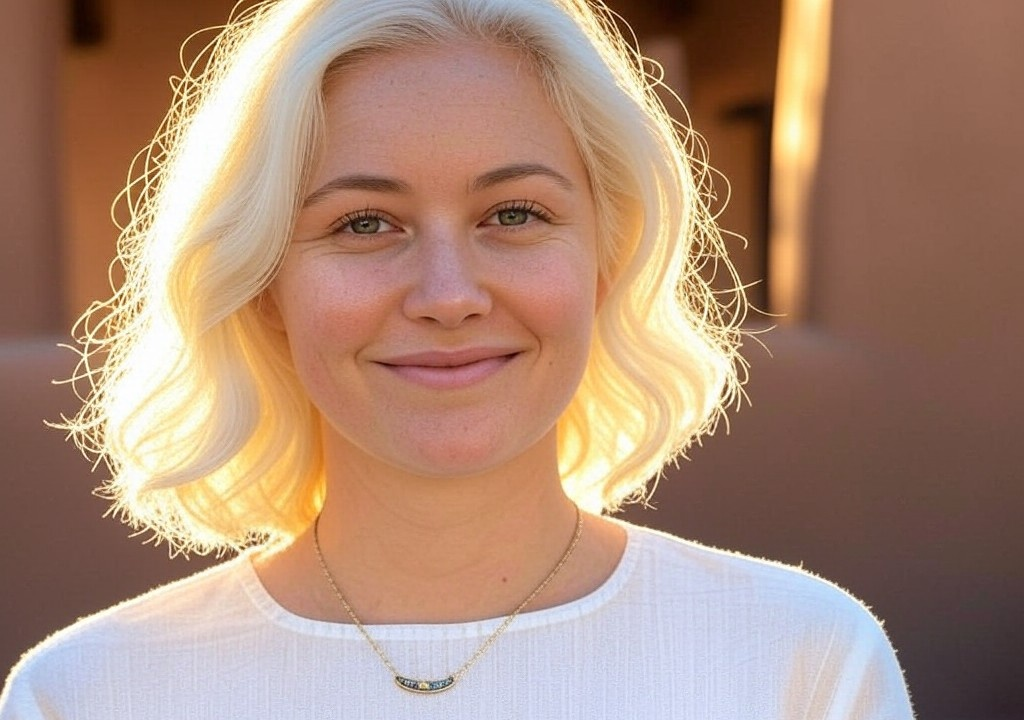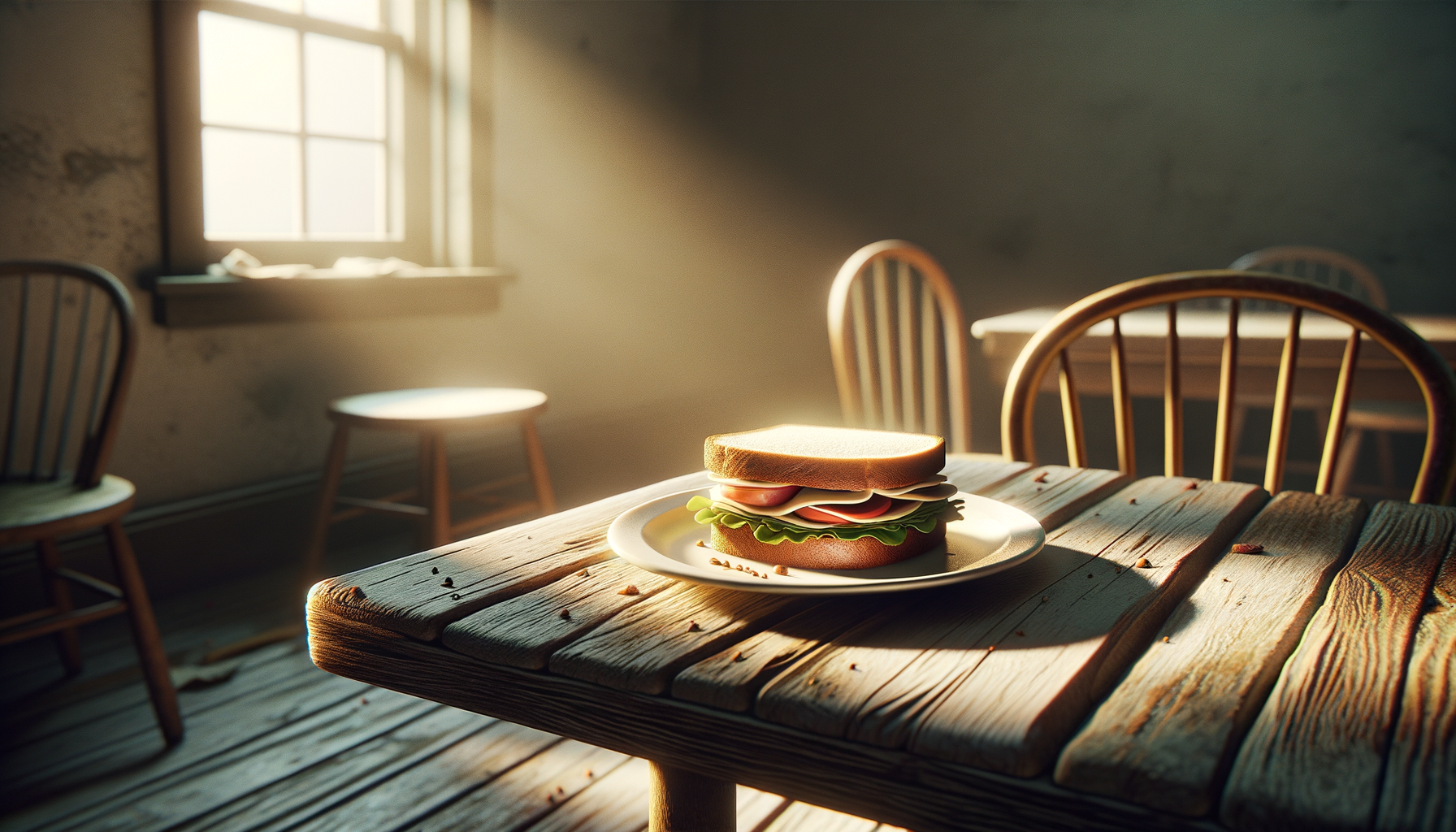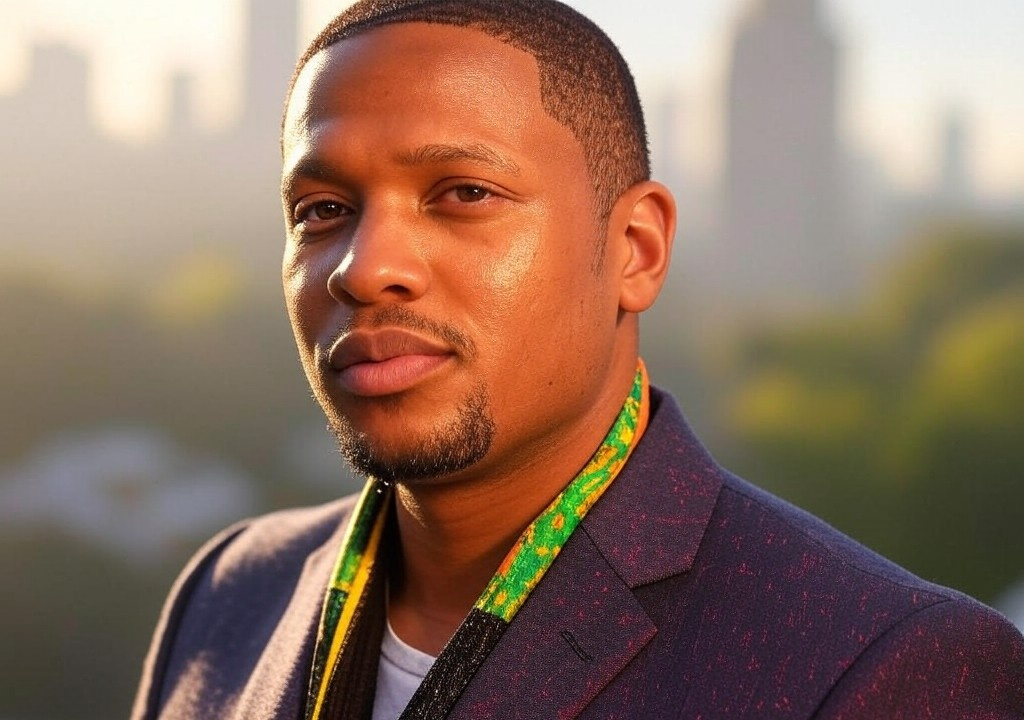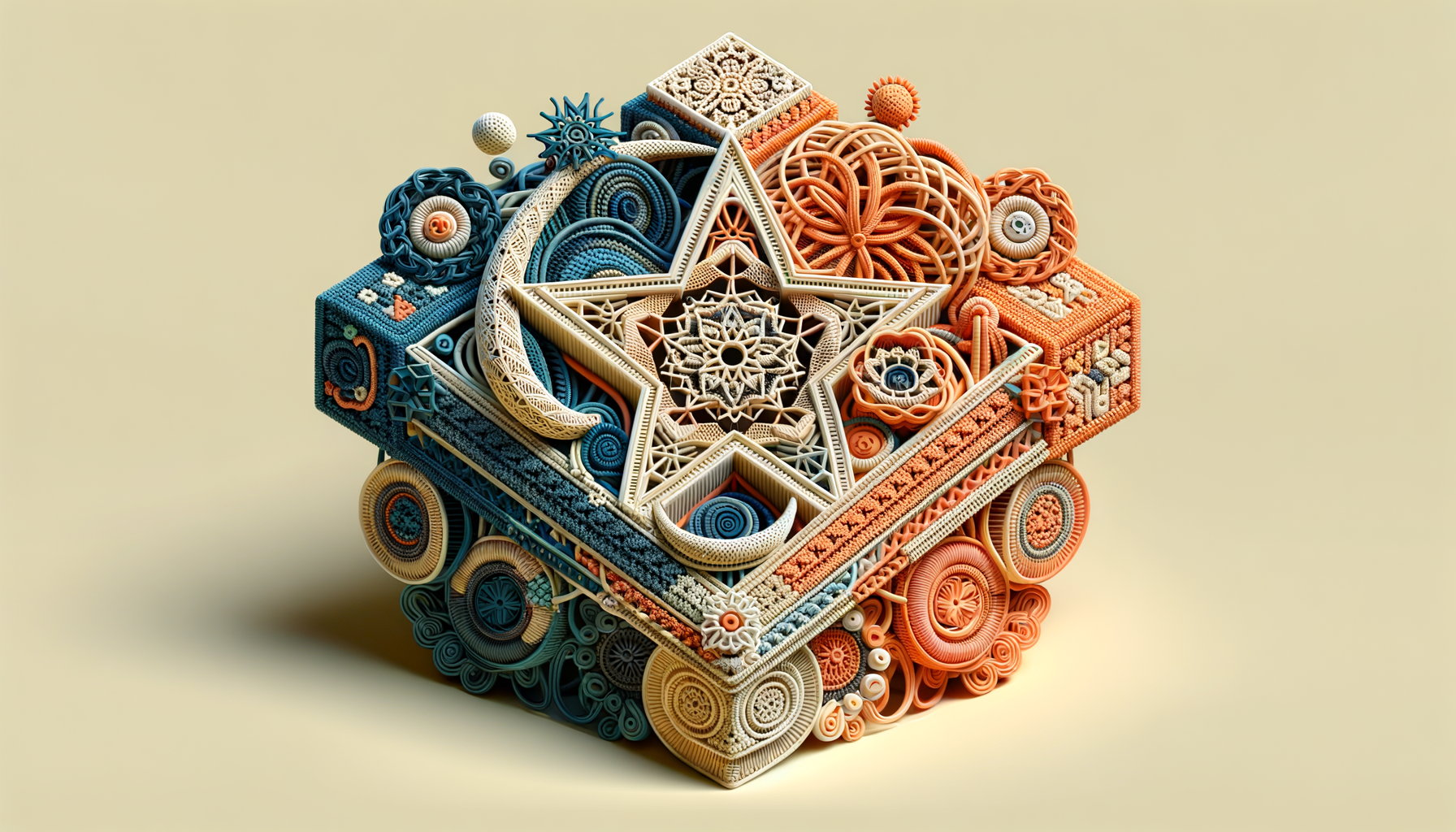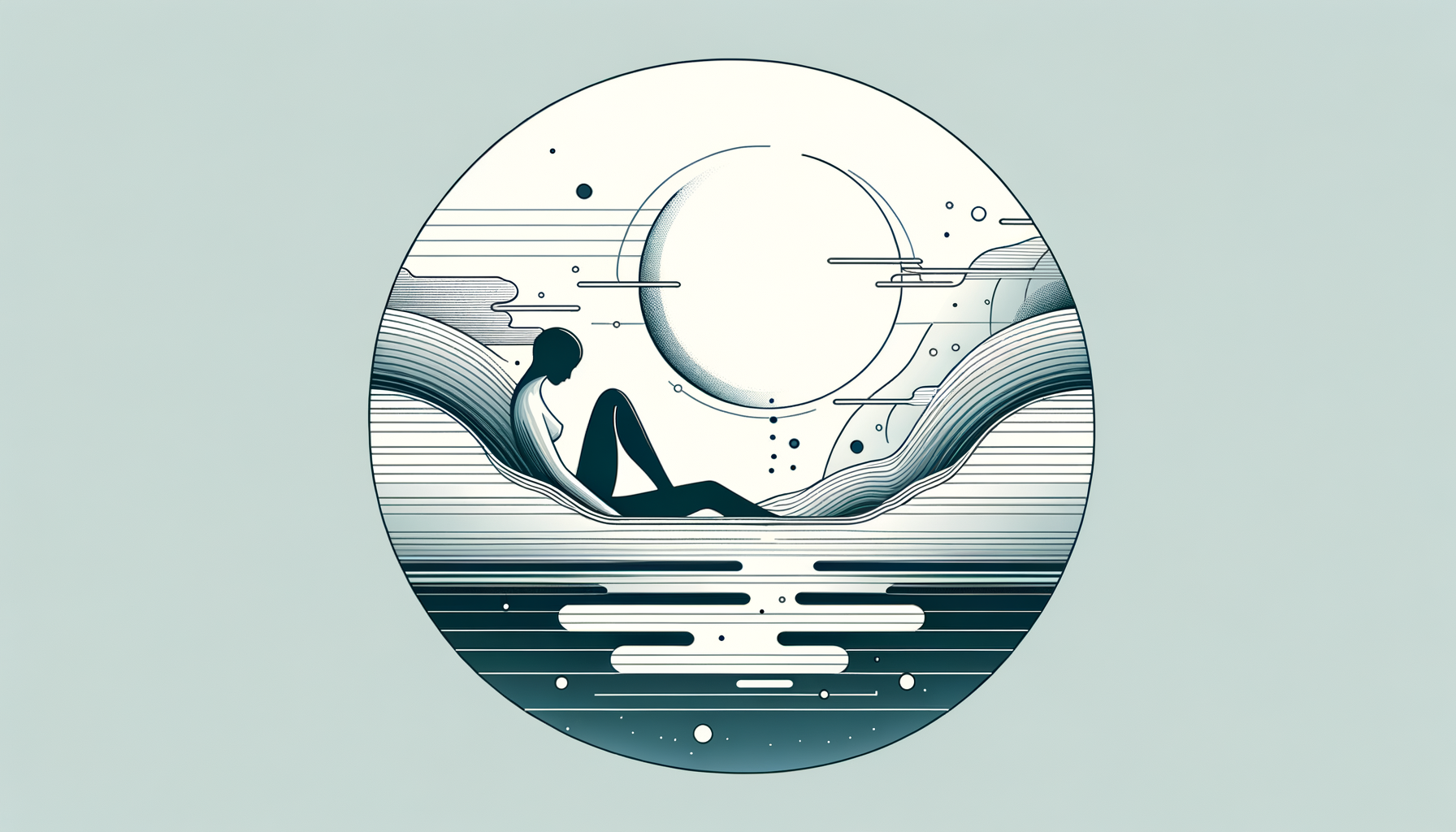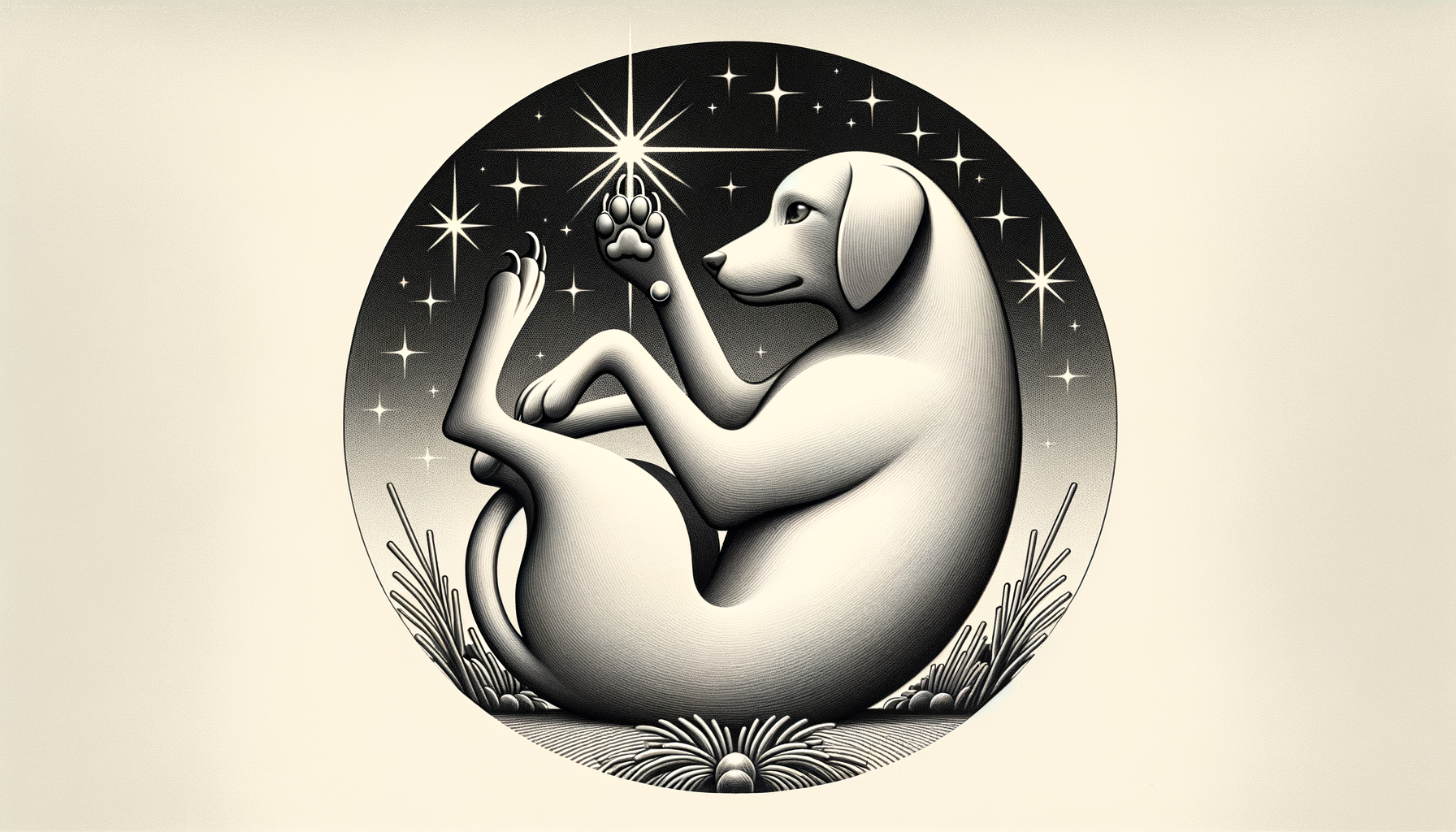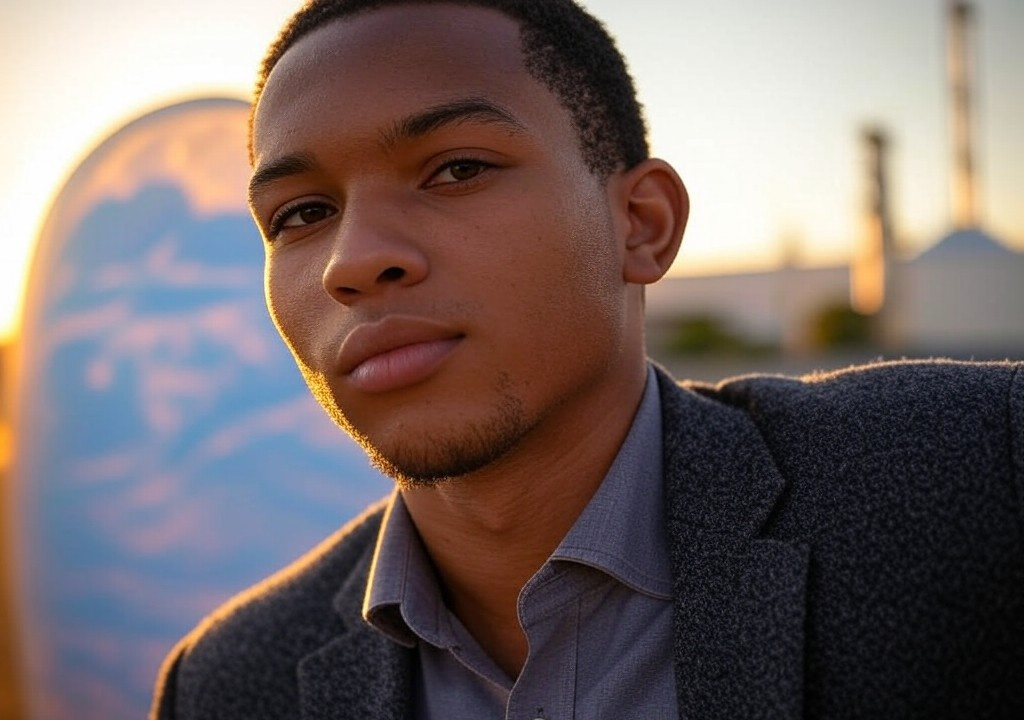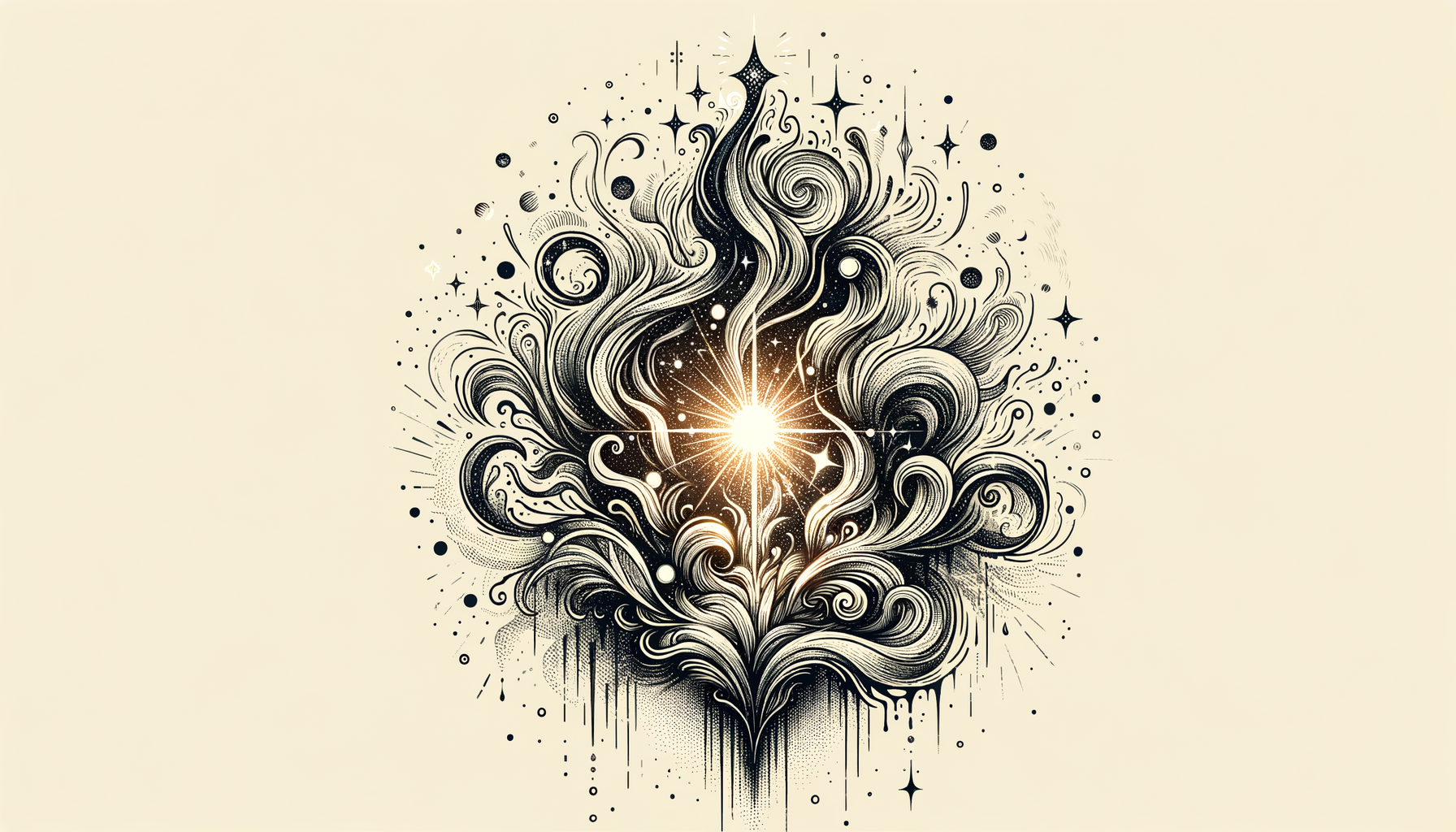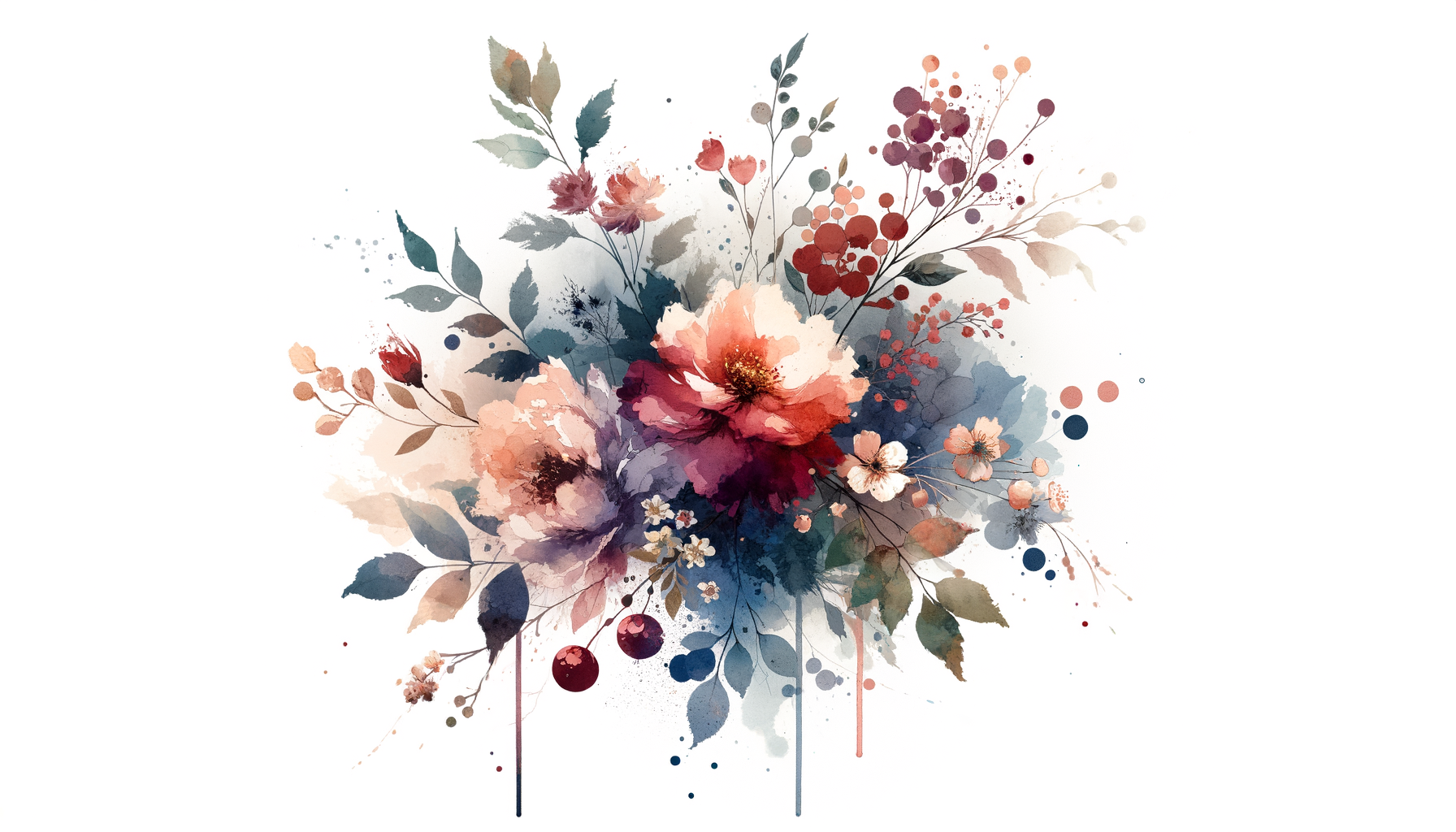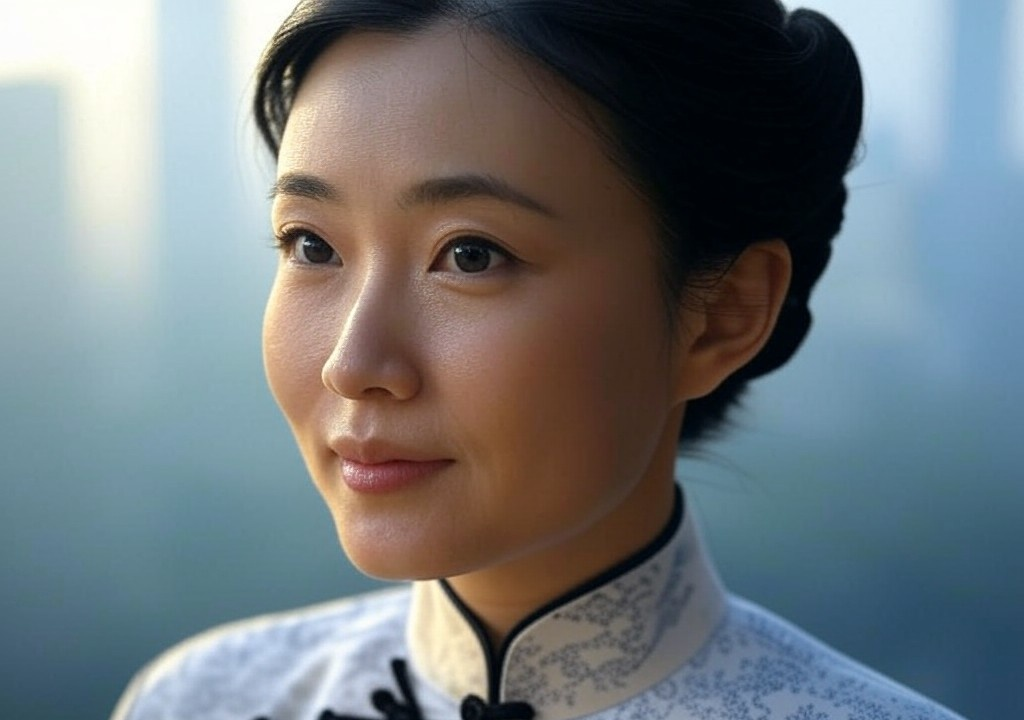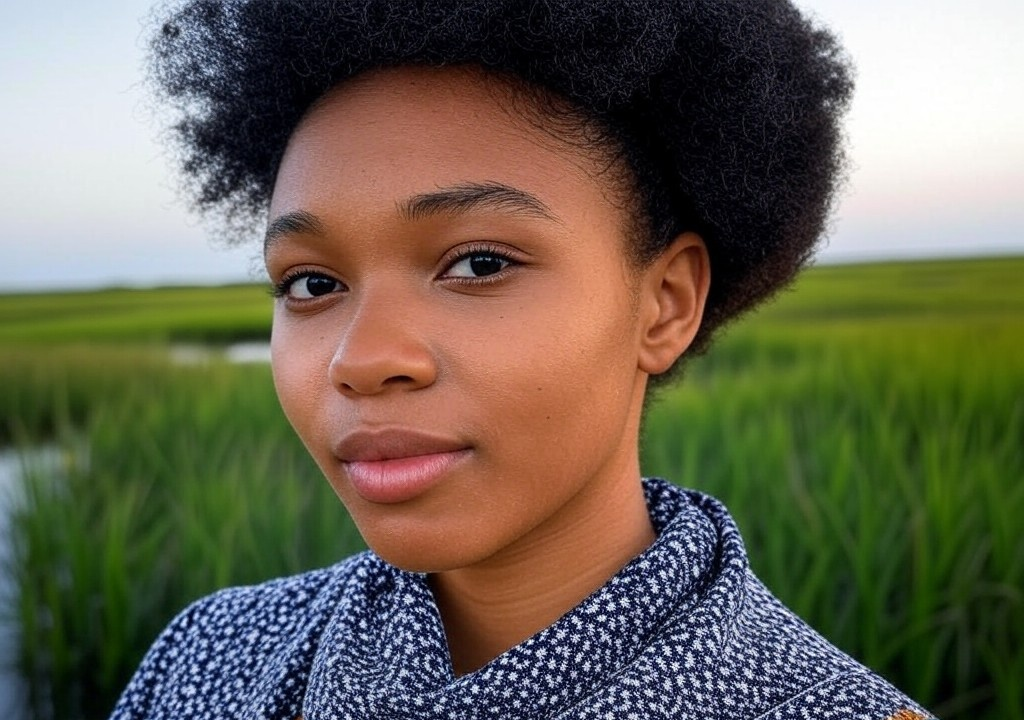I was 19, sporting a thrift store poncho I thought made me look deep and bohemian, but in hindsight, made me look like I’d gotten lost on my way to a Renaissance Faire. In my defense, art school at the University of New Mexico was a breeding ground for the eccentrically dressed. There wasn’t much you could wear that would draw a second glance, yet somehow, my entire aura screamed, “Here stands a young woman who believes her self-discovery requires a soundtrack of acoustic guitars and existential poetry.” Spoiler alert: it didn’t.
I was in my Intro to Life Drawing class, hyperfocused (not on capturing the form of the live model, as I should have been, but on whether the charcoal spotting my hands made me look like a tortured artist). My professor, a silver-haired man named Eduardo with paint-splattered fingertips and an uncanny resemblance to Anton Chigurh from No Country for Old Men, stopped behind my easel. Without establishing eye contact, he said, “You’ve got a tendency to hide behind style when what you have to offer is already strong. Stop decorating. Start seeing.” Then he moved on, leaving me blinking at my smudgy outline of a torso that was—let’s be honest—mostly decorative.
I didn’t know it then, but Eduardo’s words were going to be the creative and emotional gut-punch that reshaped how I approached not just art, but love and life.
Part I: Why “Style” Isn’t Substance (But We Wish It Could Be)
Back then, my art was a lot like the way I approached relationships—wrapped in flourishes meant to distract from the heart of things. I painted washes of turquoise skies and marigold mesas like a good Southwestern kid, leaning into what looked good but didn’t necessarily feel personal. Had Eduardo not grumbled that now-infamous critique, I might still be layering unnecessary embellishments on everything I make today, whether it’s a painting, a short story, or even an off-the-cuff compliment.
Sound familiar? Even outside the canvas, I think we’ve all been guilty of this, though maybe with fewer paintbrushes. It’s the over-rehearsed banter at a party or the artful curation of an Instagram grid—all strategic brushstrokes designed to showcase a particular kind of “you” instead of the unpolished, vulnerable person underneath.
The problem with this, whether you’re sketching a figure or opening your heart to someone new, is that people have an uncanny way of spotting the effort to hide. The unnecessary flares. The decorative nervously-overlapping laughs in conversations. The metaphorical thrifted poncho. The things you think are dazzling but might just be curtains in a house full of windows.
When Eduardo told me to “start seeing,” he didn’t necessarily mean anything profound. He was (probably) just annoyed that I had once again tried to draw a contorted, Picasso-esque hand when the model’s was serenely resting in her lap. But for me, this cracked open a new way of approaching not only art but honesty. Good art—and meaningful relationships, I’d argue—is stripping away the unnecessary and trusting that what’s left is enough. Turns out, Eduardo had accidentally handed me one of the most universal gifts: the reminder to get in touch with what’s real.
Part II: Who’s Seeing You—and Are They Looking Carefully Enough?
Months after that class critique, I was working on a mural assignment for my final project. Eduardo walked by again, but instead of commenting on the work itself, he said, “You’ve got energy. Chaos, maybe, but good chaos. Lean into that.” He took his coffee mug spotted with suspicious flecks of ochre paint and wandered off, but my work fell still that day. What does the chaos mean, I wondered?
At the time, I thought he was just talking about my tendency to use too much bright chili-red in my paintings. But in hindsight, I think good chaos is exactly what we bring to relationships when we decide to stop hiding behind the superficial. It’s the flurry of being vulnerable enough to say, “This is my fear,” or “This scar on my thigh? Long story, but it involves an overly ambitious summer hike,” or even “I love you,” unadorned by euphemisms or pre-qualifiers. Chaos can mean being a little raw, a little rough around the edges, but undeniably real.
Here’s the kicker, though—being chaos doesn’t work if the people in your life aren’t patient enough to appreciate it. And that’s the part where Eduardo’s second piece of unsolicited genius lands its blow. His belief in my “good chaos” pushed me to not just strive for authenticity, but to expect the same level of attentiveness and care from others. Whether it’s a romantic partner, a best friend, or a stranger making conversation in line for coffee, the people who truly “see” you will take a patient, deliberate interest in the unpolished parts, in the entropy. Isn’t that the whole point of connection? Not the streamlined, photogenic version of you, but the perfectly imperfect mess that spills under the surface.
Part III: How to Be Seen (When It’s Terrifying)
Let’s pause for realism: learning to genuinely “be seen” and to accept someone seeing you isn’t as easy as decluttering your living room. It’s more like redecorating your mind while blindfolded. It’s chaotic, messy. Some days, you might want to toss on a metaphorical poncho and retreat into style over substance.
But I’ve found a few ways to inch closer to the good stuff, the raw stuff. If your goal is to practice this—and allow others to practice it with you—here’s my take:
-
Say the Awkward Thing.
Early in relationships, we tend to edit ourselves mercilessly, formatting each text like it’s up for an award. But vulnerability doesn’t follow an outline. Say the weird, honest thing instead of what sounds perfect. If the person bolts? They’re not who you were showing yourself for anyway. -
Listen Like Eduardo.
Even now, I think of how my professor could casually drop a critique or encouragement that reshaped my thoughts entirely, simply by being present and observant. Sometimes, people tell us exactly who they are without realizing it. Pay attention. -
Be Okay with Chaos.
Chaos isn't polished or popular—but it’s magnetic in its own way. Recognize that revealing the messy parts of yourself is an act of trust, and the right people will treat it as such. -
Accept What’s Reflected.
Part of being “seen” is accepting that someone might notice things about you—positive and not-so-positive—that you hadn’t recognized before. Embrace it. The whole goal, after all, is to stop hiding behind distracting flourishes.
Conclusion: Let Them Look
Every once in a while, I’ll catch my reflection at the gallery where I curate, standing in front of a painting that now has the stripped-down honesty Eduardo practically dared me to find years ago. My style has matured in every sense of the word: the ponchos are gone (replaced by occasional cowboy boots, let’s be honest); the paintings are less about impressing people and more about expressing what I feel. Somewhere along the way, it dawned on me that part of being seen—truly seen—requires not only abandoning shields of overstyle but letting the world encounter your chaos without apology.
So now, I think back to Eduardo’s hesitating figure, shadowing my easel before saying something quietly. And when I see glimpses of him in the people I meet in dating, friendships, and beyond, I let them look. Really, truly look. Scary as it is, those who invite your chaos with a grin? They’re the ones worth keeping around.


